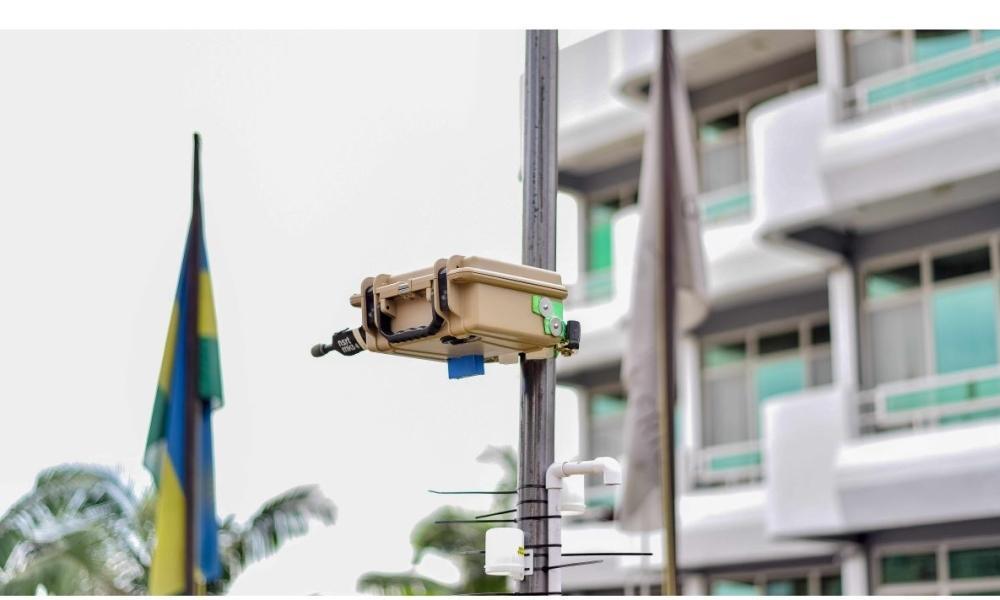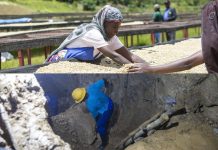Africa-Press – Rwanda. The Rwanda Environment Management Authority (REMA) is encouraging the public to monitor real-time updates on aq.rema.gov.rw to stay informed about air quality and make healthier lifestyle choices.
Currently, 16 air quality monitoring stations are operational across 13 districts. By the end of 2025, every district in Rwanda is expected to have its own stations, with at least 26 more to be installed countrywide.
Air quality is measured through the Air Quality Index (AQI), which uses colours and numerical values to show pollution levels and related health risks.
“The higher the figures, the more polluted the air is, and the greater the negative impact on health,” explained Pierre Celestin Hakizimana, an Air Quality Monitoring Officer at REMA.
When the index value ranges between 0 and 50, the air is classified as good and shown in green, meaning the quality is satisfactory and poses little or no risk. For example, on October 1 at 19:35, Mount Mugogo Station recorded an AQI of 31, which was considered healthy and safe for everyone.
Air quality is considered moderate when the index falls between 51 and 100, indicated by yellow. In this case, air is generally acceptable, though people sensitive to pollution may face mild risks.
When the index ranges between 101 and 150, the colour displayed is orange, meaning the air is unhealthy for sensitive groups such as children, the elderly, and people with heart or respiratory conditions.
On October 1 at 17:52, Mont Huye Station recorded air quality in this category, prompting health officials to advise vulnerable groups to avoid prolonged physical exertion.
A red colour, corresponding to values between 151 and 200, signals unhealthy air quality. At this stage, members of the general public may begin to experience health effects, while sensitive groups face more serious risks.
At Byimana Station, for instance, the index value was 151 on October 1 at 19:53, which meant both sensitive groups and the wider public were advised to limit strenuous activity outdoors.
The index also includes higher risk levels. A purple reading, between 201 and 300, signals a health alert where risks increase for everyone, while a maroon reading of 301 and above indicates hazardous air quality, with emergency conditions and widespread health risks for the population.
By regularly checking aq.rema.gov.rw, residents can track local air quality and take appropriate precautions, such as limiting outdoor activities when pollution levels rise.
For More News And Analysis About Rwanda Follow Africa-Press






